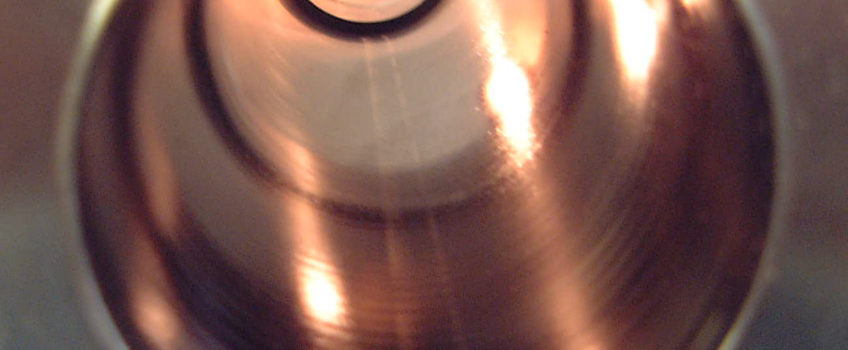
Multi-tasking is the “in” phrase in engineering circles these days. It makes eminent sense. Why use a variety of machines to fabricate a component if you don’t have to? Every time you have to break a machine down and re-set it, it results in down time, and down time is unproductive time. The longer that any piece of kit remains idle, the less efficient any company’s production process will be.
The Advantages of Multi-tasking
In addition to the actual down time of the machine, there’s also the physical act of moving components around the shop floor to be considered. It’s not only labour intensive. You also run the risk of losing or miscounting items within a batch, or of course misplacing the batch altogether. With a multi-tasking machine, (where all of the various operations are done on the same piece of kit), there’s far less down time. The risk of losing or misplacing items is completely eliminated.
Multi-tasking machines have been around for a few years now, but of course the more obscure the process, the more unlikely it is to be incorporated in this format. Deep hole drilling is an excellent point in case. It is a highly specialised process. It is often needed in the precision machining of components in the oil, gas, and aerospace industries for example. By drawing deep hole drilling into a multi-task format, it creates the opportunity to offer these industries a better quality finished product.
Improved Accuracy
One of the key prerequisites of precision machining is maintaining the accuracy of a pattern of holes centres. With deep hole machining (DHM), it is even more difficult to ensure accuracy. But of course that’s exactly why the DHM process has been developed. By transferring a component from machine to machine, the likelihood of a divergence is enhanced. If however the entire process is handled by one multi-tasking machine, concentricity can be vastly improved.
Specific Problems to be Addressed
The process of incorporating DHM into a multi-tasking platform does create specific problems that have to be addressed. For example, the process requires high levels of torque. Drill bit feed force must be sufficient to drive the bit into the substrate, and remove high volumes of material. Then there’s the problem of vibration – the deeper the hole, the higher the vibration. When the material being machined is an HRSA (Heat Resistant Super Alloy – as often used in the oil, gas and aerospace industries), the vibration problem becomes exacerbated. Dedicated deep hole drilling machines have superior damping systems built into them which most conventional multi-tasking machines lack.
Getting sufficient coolant into the DHM process represents quite a problem too. Conventional machines use an STS (Single Tube System) technology, but incorporating this into a multi-tasking format machine would be hideously expensive – prohibitively so. The alternative is to introduce a special self-contained ejector based system.
Keeping on Watchful Eye on DHM Multi-tasking Development
Bringing DHM into a multi-tasking platform is still in its infancy. The advantages to both the manufacturer and the end user are plain to see, but quality and performance cannot be compromised. Until these concerns are completely addressed, companies like PRV Engineering, who take deep hole drilling to its limits, will persevere with their conventional dedicated machinery to ensure that quality standards are met. But all will be keeping a watchful eye on multi-tasking machinery development with regard to DHM in particular.
One comment
Leave a Comments Cancel Reply
This site uses Akismet to reduce spam. Learn how your comment data is processed.


 Mail:
Mail: 




You have provided very good information by this post. You have done very job by posting it and you have cleared all my doubts about multi tasking. Thanks for sharing!